SEO
Free SEO Analysis
SEO Services
Content Marketing Services
Local SEO
Link Building Services
Specialized SEO Services
PPC
REPUTATION MANAGEMENT
Free Reputation Management Analysis
Reputation Management Services
Review Management Services
Specialized Reputation Management Services
CEO Reputation Management
Brand Enhancement
Business and Directory Listings
Comprehensive Reputation Management Audit
SOCIAL MEDIA
Free Social Media Analysis
Specialized Social Services
WEB DEVELOPMENT
Free Website Analysis
Web Design Services
Mobile Development Services
Website Maintenance Services
Specialized Development Services
MARKETING AUTOMATION
Free Marketing Automation Analysis
Specialized Marketing Automation Services
Comprehensive Marketing Automation
INDUSTRIES
ABOUT DMA
PPC
5 Essentials You Should Be Aware Before You Start Your First PPC Campaign
Request a quote
Its Fast, Easy & Free
Executive Summary
- Search marketing is one of the most common PPC practices with strong network providers. The process is simple and provides organic search results that place the ad at the top of search pages.
- Several PPC types are available, and the right one depends on where and why you want to be seen.
- Although paid search ads are more expensive than other PPC methods, they are also the most rewarding. Essentially, they are probably the best source for increasing your conversion rates.
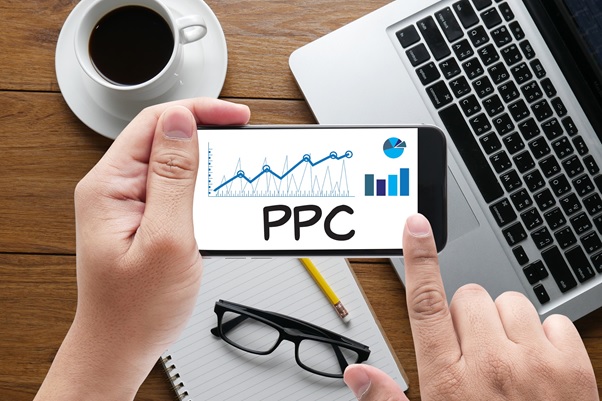
PPC stands for a pay-per-click method marketers commonly use in online marketing. But PPC is more than a smart advertising strategy, it’s also a highly rewarding internet trend.
Popular PPC forms include ads located among the first search engine pages. Although paid ads cost advertisers a small fee each time a user clicks on their ad, it also brings new visitors who are up to 50% more likely to commit to a purchase.
The best part is that marketers are free to bid for ad placements on a search engine auction. In fact, they bid on keywords that are related to their businesses. To put it simply, marketers select the keyword relevant to their products to see their ad in the top spots on search engines with high traffic, such as Google.

The Purpose of PPC in Marketing
Did you know that search ads can increase brand awareness by 80%? Or that display advertising can increase website traffic by 300%? Beyond traffic and worldwide recognition, advertisers use the PPC approach to achieve various marketing objectives, including:
Website traffic consistency. While low traffic is bad for business, a sudden spike in activity can lead to a website meltdown. However, paid search ads bring balance and control the amount of traffic because the traffic depends on the amount of money marketers are ready to set aside.
Lead conversion. Generating leads is the number one challenge for 63% of companies. But PPC supports business growth by attracting prospects and taking them on a journey to becoming customers. After all, visitors coming from a paid search ad bring more sales than organic visitors.
Tracking and measuring marketing goals. PPC marketing supports tracking and measuring the success of the advertising campaign. By combining tools like Google Ads and Google Analytics, marketers can get a complete performance overview, including clicks, lead conversions, and the overall impact of the campaign.
SEO and content marketing strategy. Due to an array of marketing insights and performance data collected by Google’s tools, advertisers have the upper hand when it comes to SEO optimization and content development. Plus, by using other sets of tools, such as KeywordSpy and SpyFu, marketers can see what competitors are doing and pinpoint favorable markets for their gain.
Targeting and scheduling. Another perk of PPC is the ability to target a specific location (or locations) for their paid ad campaigns. Likewise, they have the benefit of scheduling the launch at any time and day they prefer.
Pay-Per-Click Origins

Remember the beginning of the internet? Those were slow but exciting times with so many rules waiting to be discovered. In 1998, the internet-based startup GoTo.com presented the pay-per-click concept, which was a new marketing approach to advertising.
This idea of paying when a real customer clicks on an ad is considered to be the foundation of PPC. Since GoTo.com was a search engine, advertisers could also bid on keywords for appearing first in search results. And the only goal was internet advertising you can measure.
However, the system was flawed; marketers with a larger budget could bid on keywords that weren’t related to their business. Imagine searching for dog food and all you get are Nike sports ads. You wouldn’t be using that search engine anymore.
This is where Google stepped in to correct the flaws. They designed their own, improved PPC system we now know as . And what were the innovations? Well, they included a Quality Score algorithm, a system that only provides relevant search outcomes.
Since 2000, when it was first launched, AdWords quickly became a powerful platform that brought Google a lot of money. In 2015 alone, PPC accounted for $75 billion of Google’s revenue. But they aren’t the only PPC providers; , AdRoll, and Bing Ads also play an important role in PPC marketing.
PPC Advertising Types & Platforms
As previously mentioned, PPC advertising has several forms and ad platforms. The two main pay-per-click platforms are:
Google Ads – Google Ads is a massively popular and preferred marketers' choice because ads run not only on Google, but also on search partner sites and display network platforms. That means that Google Ads marketing is suitable for businesses of all sizes.
Microsoft Bing Ads – Likes its Google Ads rival, Bing Ads also features PPC marketing, but only on Bing and Yahoo channels. Then again, Bing had about 137 million unique desktop searches in 2018, according to its site.
PPC Advertising Types
Several PPC types are available, and the right one depends on where and why you want to be seen. Is your target audience searching for you? Did they visit your site but leave before making a purchase? Or do you know you’ll find them on social media? Here are common PPC types.
Paid Search Marketing - Google & Bing
Search marketing is one of the most common PPC practices with strong network providers. The process is simple and provides organic search results that place the ad at the top of search pages. The marketing campaign requires writing an ad copy, selecting keywords, and choosing the most fitting platform for placing an ad.
Social Media Advertising
Here’s an interesting fact: “Active social media users increased by 21%.” And if you take into account that there are 3.48 billion social media users in 2019, social media marketing can do wonders for any business. Not only are online adults 18–35 are more likely to follow a brand on social platforms, but 71% of consumers will gladly recommend brands that provided a positive social media experience.
Sites like Facebook, LinkedIn, and Twitter are perfect for targeting specific demographics. So by placing a PPC ad that is linked to a company’s website, marketers can further improve brand awareness. How? By featuring the ad in the newsfeed of the target audience or in their social hangouts.
Display Advertising
As the name suggests, display marketing ads are images, text, or banner ads that show advertising to a particular audience across multiple websites. What separates this advertising approach from the others is that it allows advertisers to pick the target prospects they want to show these ads to. Although the click rate is slightly lower than with search ads, it’s still a great strategy for building awareness.
(Re)Marketing/Targeting PPC Marketing
You might be familiar with remarketing, also called retargeting, if you have seen pop-up ads. This type of advertising uses browser cookies to display ads similar to their previous online searches. The objective is to return visitors to the company’s website in the hope that they will continue with their purchase.
Retargeting marketing campaigns can take many forms, including social media ads, display advertising, and even emails. And they serve as a reminder that will engage visitors and keep them connected with the brand.
Special PPC Price Offers
Have you heard of Google Shopping Campaigns? This ad network, along with other price comparison websites, gathers and displays prices and special marketing offers from various merchant sites. Visitors can go through the product or service deals and buy directly from the selected ecommerce site or directly from the comparison portal. This way, marketers get a chance to improve their ROI, but only if they pay for clicks, because the more they invest, the higher the chances of making a profit.
Affiliate PPC Marketing
It’s important to remember that all of these strategies can be used together, for increasing the success of marketing campaigns. You can use these approaches to place the ad on:
Search engines
Targeting sites
Social media
Price comparison platforms
How much would this cost? With affiliate advertising, the payment is based on performance, or simply put, cost per acquisition (CPA — cost per action). The process can be outsourced or handled on-premises, but it carries a certain dose of risk and requires a well-designed strategy, time, and ongoing management.
101 PPC Guide: How to Use PPC Marketing in Practice
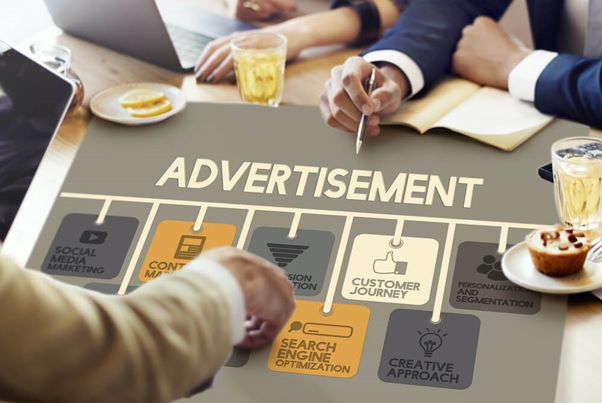
Although paid search ads are more expensive than other PPC methods, they are also the most rewarding. Essentially, they are probably the best source for increasing your conversion rates.
Let’s say you want to start your first search network marketing campaign. What do you need to accomplish your marketing objectives? For starters, you already know that Google and Bing are the go-to engines. But there is more to it.
Each search ad campaign includes keywords; however, they come with subcategories such as ads, ad groups, and extensions. So, in order to build a great campaign, you must use the powers of SEO to optimize your business website for the keywords you want to use to target consumers. Plus, the better the keyword, the lower the cost per click.
Finding the Magic Keyword
The problem with keywords is that they are constantly changing and evolving. There are thousands of new searches each month on popular search networks for new terms you might have never thought of. Therefore, marketers need to keep a close eye on these fluctuating keywords to target unique keyword variations.
“Blue Coffee Mug” Keyword Variations Example:
Blue Coffee Mug
Blue Mug Coffee
Coffee Blue Mug
Blue Mug for Coffee
Blue Mug Coffee Sales
The selected keywords can’t be random, however. They have to use a match type in Google or Bing engines for retrieving relevant keyword alternatives. There are four main keyword match types with specific uses in PPC marketing.
Broad match.
Keywords are closely related or exactly match the keywords relevant to your business.
Broad match modifier.
Keywords match with any search query term as long as the words or parts of them match the chosen keyword.
Phrase match.
If the keyword phrase matches the user's query, even if there are other words involved, your ad will be displayed at the top.
Exact match.
The keyword is identical to the search query and keywords are in the same order, otherwise, it will not display the ad.
Here is a simple example:
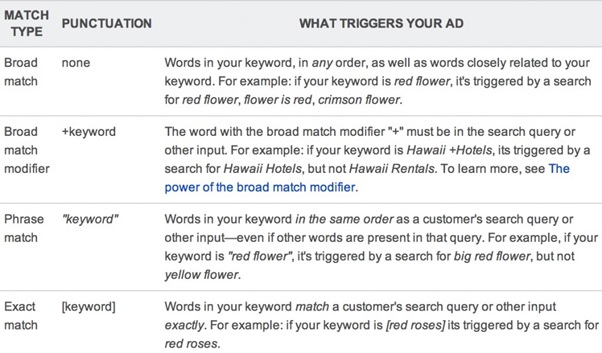
Source: The AdStage Blog
Negative Keywords
Aside from positive keyword searches, marketers can also use negative keywords to restrict unqualified traffic. For example, Google’s audience might look for “free” or “cheap” products in the search query that are not applicable for costly services and high-end products. So marketers can use these terms as negative keywords to limit their website traffic to prospective buyers only.
Ad Groups
Ad groups are a group of one or more ads with a target set of keywords marketers use for remarketing. Once an advertiser sets a bid, the ad group’s keyword will trigger an ad to appear. However, marketers can also set prices for individual keywords in the ad group. And all of the ads should follow a theme for the type of products or services you want to promote.
Expanded Ads
When you find your keywords and select ad groups, you can begin writing your ad. But remember that successful ads follow a keyword theme and have a call to action and valuable propositions. In addition, you have to follow the platform’s rules of ad structure with accurate specifications such as:
Headline 1 and 2 – 30 characters max (including spaces)
Description – Up to 80 characters (including spaces)
Path 1 and 2 – 15 characters, max
Ads must not be deceiving and have to be well-written and have correct punctuation and grammar. Also, it’s recommended to first test at least two ads from your ad group to:
Limit the broad use of match type keywords
Apply negative keywords
Use broad match modified keywords
Test different features and perks of your products for a better ad description
Choose landing pages that are relevant to your keywords and ads
If you are going with Google, consider taking advantage of extension types the network has to offer, including:
Call extension:
Your ad will show the number visitors can call or click to call directly from their cell phone.
Review extension:
Display your ad with positive customer reviews.
Location:
This extension adds your business address.
Sitelink extension:
Additional teaser text on your ad for attracting consumers.
Callout extension:
These are additional text lines such as “free shipping” that provide additional information to viewers.
Product Listings & Image Ads
Product listing marketing campaigns are used in PPC ecommerce advertising and contain product images, prices, and titles. You will have to open a Google Merchant Center account to utilize Google product feeds.
Example of product listings:
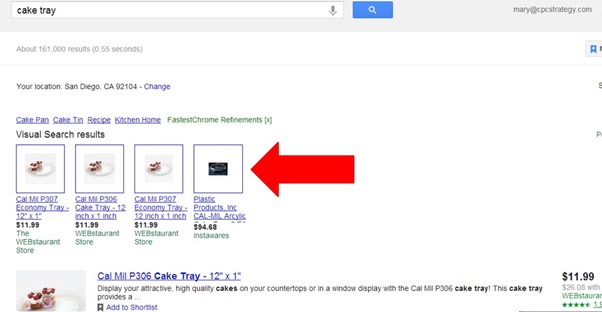
Source: www.cpcstrategy.com If you decide to run a display marketing campaign, you need to know how to create a responsive ad by using interesting imagery. But keep in mind that a responsive ad automatically adjusts the image size depending on the picture standard you selected.
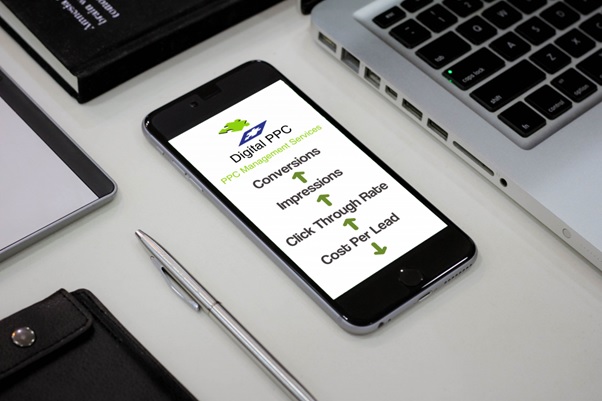
PPC on Digital Devices
Mobile users are an endless revenue source for marketers who aim to please the audience. Your ads will appear across multiple devices, including smartphones, desktops, and tablets.
Although laptops and tablets have a similar structure, when it comes to PPC ads, smartphones require modifications for a good user experience. You can use a bid modifier that will allow you to show your ads with consistency on all devices.
According to Google’s support, bid adjustments work by percentages:
“Say you’ve got a campaign that performs well on mobile devices with a max CPC bid of US$1. To show your ad to more customers on mobile devices, you increase your bid by 20% for searches on mobile devices, resulting in a final bid amount of US$1.20. Here’s the math:
Starting bid: $1
Mobile adjustment: $1 + ($1 x 20%) = $1.20
Resulting bid for searches on mobile devices: $1.20”
Mobile PPC optimization is a crucial part of any marketing strategy. 71% of marketers who believe mobile advertising is the core to their businesses couldn’t be more right. After all, mobile devices account for 53% of paid-search clicks, so be sure to incorporate this tactic in your marketing plan.
Conclusion
The massive digital expansion has shaped and rapidly changed marketing over the past couple years, and there are more technological innovations to come. Marketers have to watch out for upcoming trends and use only the best marketing practices to achieve their objectives.
The pay-per-click approach has brought many benefits to the corporate world. Today, PPC is the most common strategy and is practically a standard of digital advertising. Given that this method only continues to improve and gain more popularity, it’s essential for thriving advertisers to use PPC wisely if they want to attract consumers, more traffic, better brand awareness, and ultimately, amplified revenue.
Our Sales team